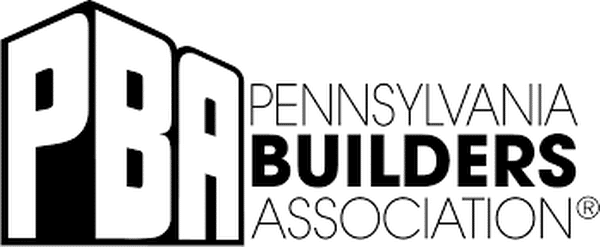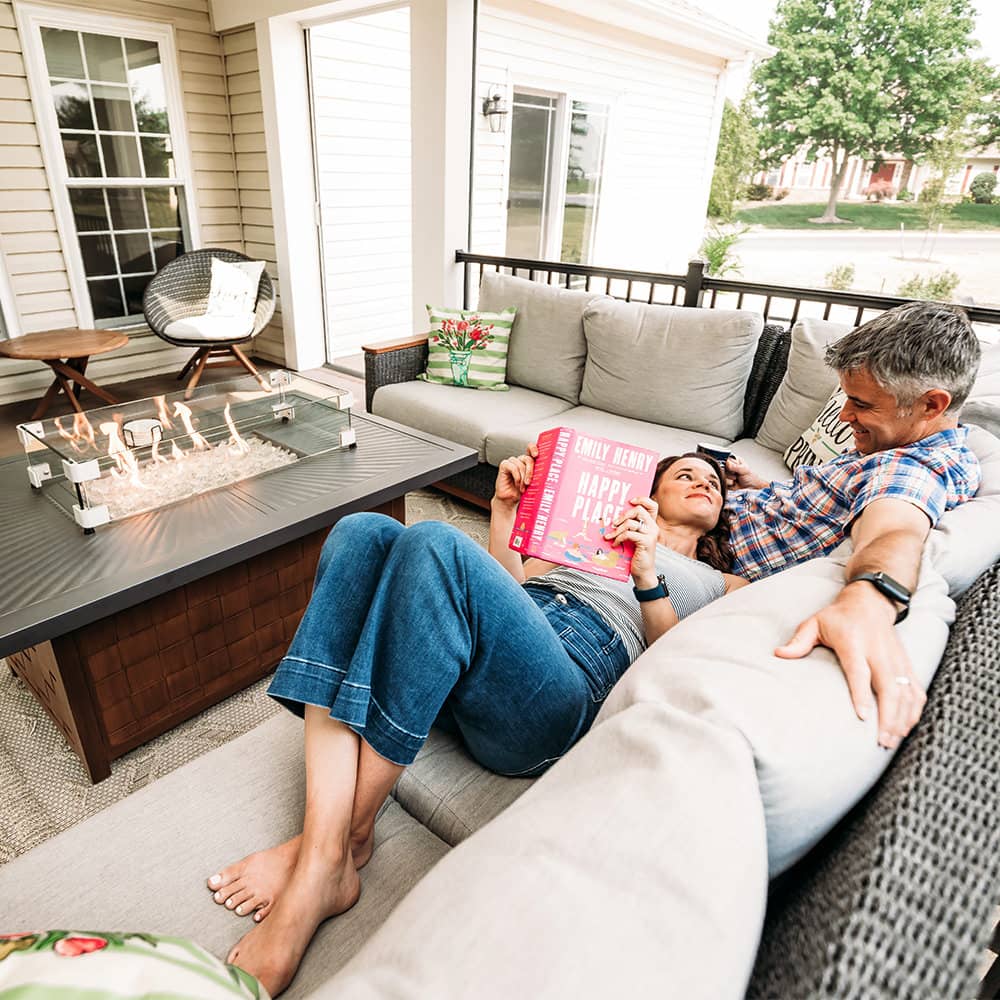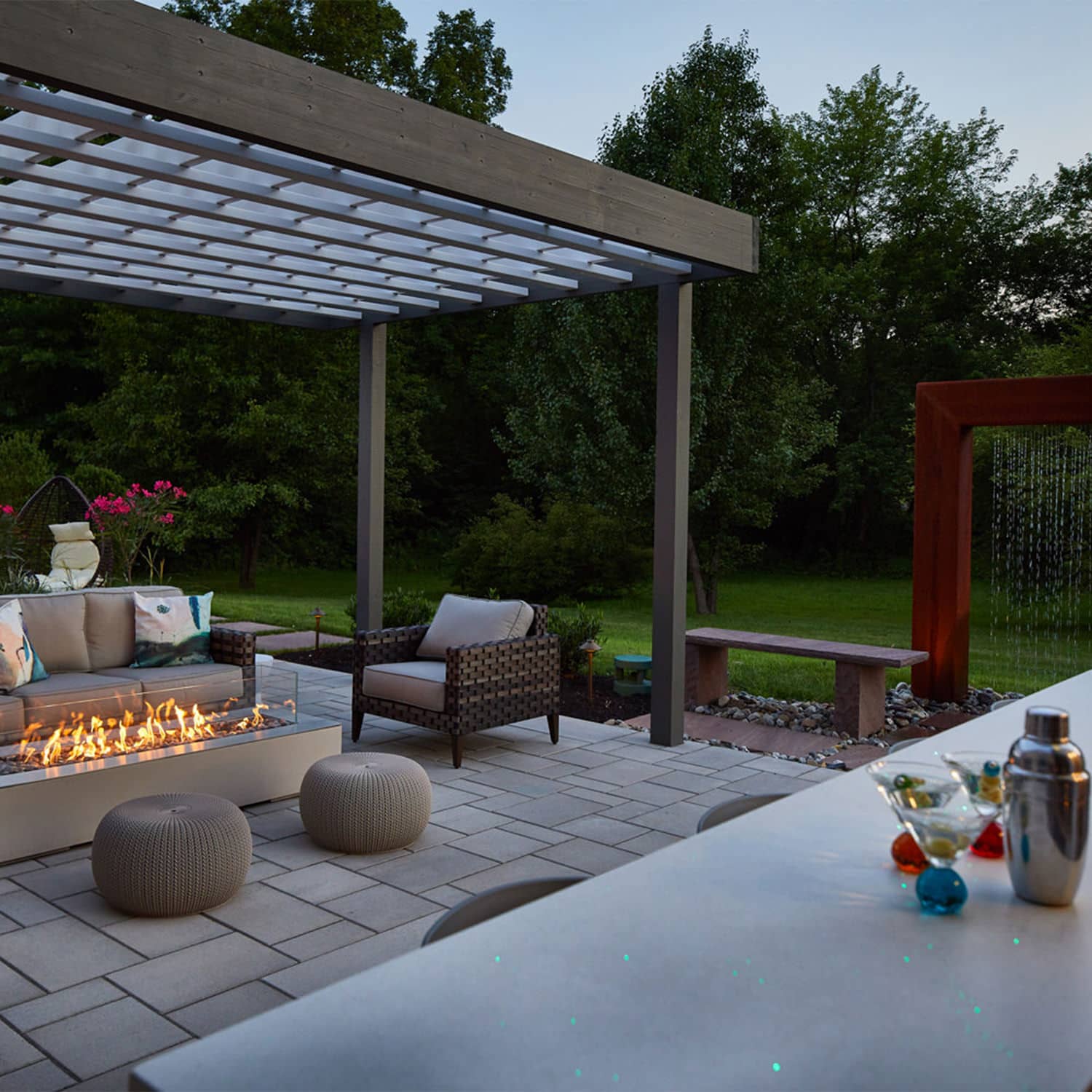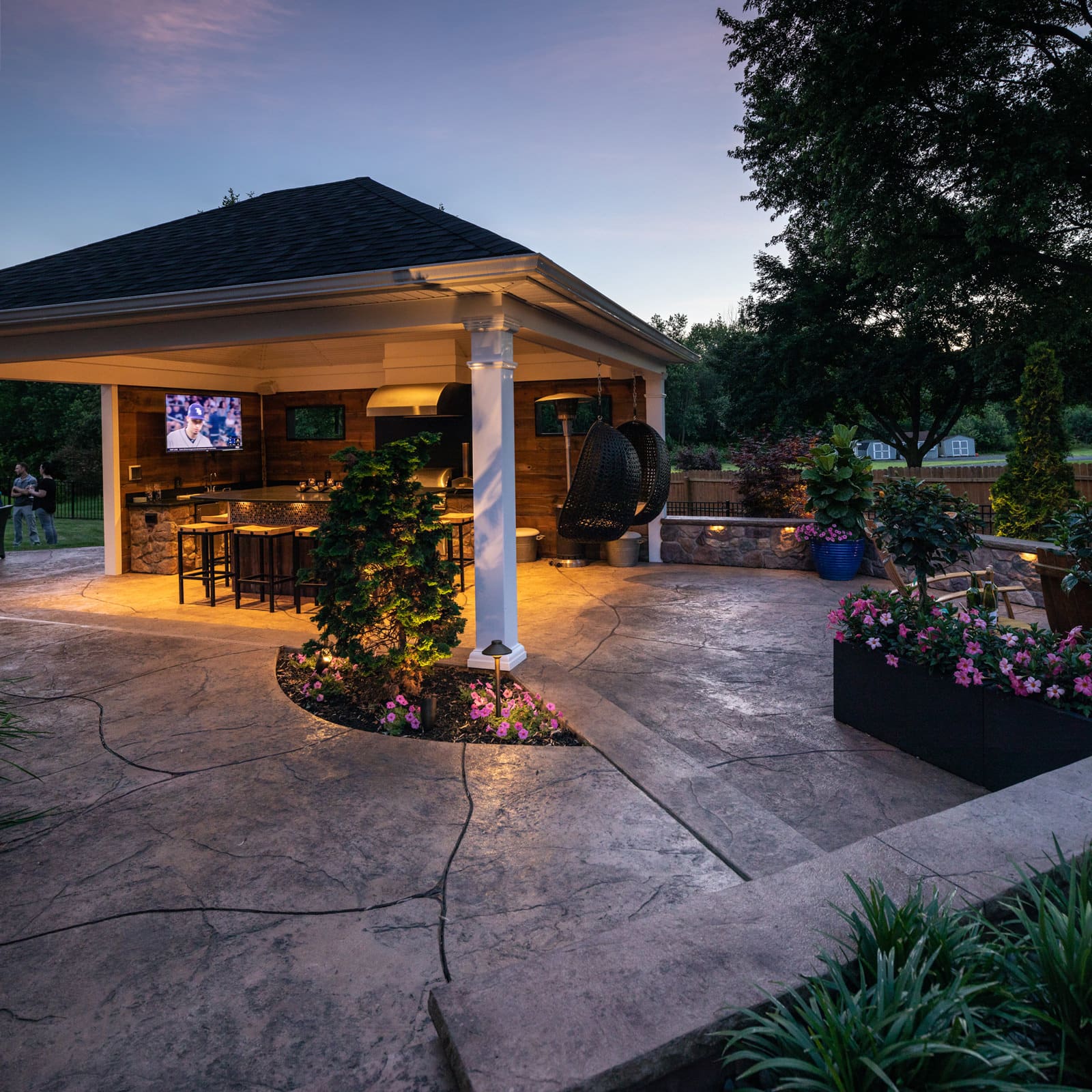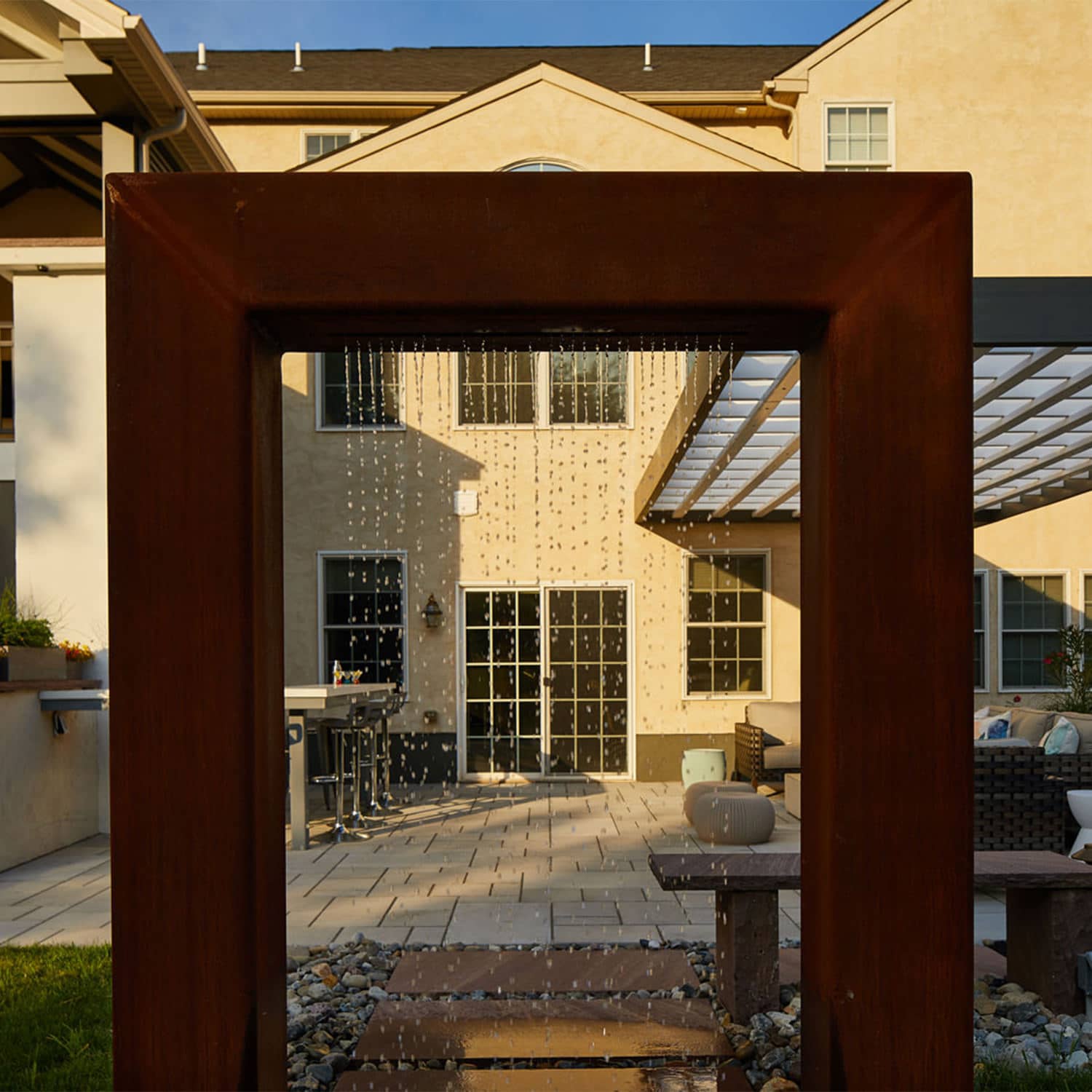At-home playground tips
Posted May 18, 2017 in Blog
Some of my fondest memories as a kid were playing on my neighbor’s metal swingset from sun up to sundown. We found that if we got our little legs working hard enough while swinging, we could make one of the posts pop out of the ground and we thought it was the best thing since sliced bread. I am actually very surprised that neither of us ended up with a cast from that crazy, yet crazy fun, contraption. Since then, simple metal swingsets have grown up and transformed into massive wooden fortresses! Slides, rings, bars, swings, canopies, nets, widgets, gadgets and gizmos…you name it, it can be found in these newfangled jungle gyms! With all the appeal at-home play places bring, we need to do our due diligence to make sure that these fun factories are properly placed, built strong in construction yet constructed with safety in mind…all while complementing our outdoor living spaces. Here are a few tips to consider for at-home playgrounds…
Placement
At-home playgrounds offers parents a chance to watch their children enjoy their childhood within the comforts of their own home, without worries like stranger danger or unfamiliar pets roaming the public spaces. However, it is important to walk your property to visually survey the land before purchasing your play place. Assess the area to find a spot that is easily visible from the popular rooms in the house, like a kitchen or family room. Make sure that the place you are looking at is relatively flat, not just to make sure no one trips, but to also ensure that there won’t be potential for standing water after a rainstorm. Kids definitely like mud, but mosquitos also very much so like kids!
Leaving at least a 6’ radius around the whole play area will allow ample clearance for swinging and stretched out legs. Be sure that area is clear of trees, overhead or on-the-ground utilities, shrubbery, wooded areas or other yard fixtures that could be a potential hazard during horseplay. As we all know children are curious by nature, so to avoid the “who can climb to the top of the playset and jump to the oak tree branch” game, keeping these sets out of range is key.
Groundcover
The playground surface is one of the most important things to consider when installing a play set. Make sure that the play area surface is larger than the play set itself, this will guarantee full safety from launching off slides or jumping off swings. The high traffic area will bring a beating to the grass underneath, so placing an alternative groundcover down will not only help with the aesthetic in your backyard, but also with safety!
Ideally, you want the groundcover to be low-maintenance, price-effective, safe and complimenting to your landscape. Some typical groundcovers for play areas are synthetic grass, pea gravel, wood mulch, shredded rubber mulch, sand and wood chips. Depending on how forgiving you want the area to be when falls occur will be one factor in your groundcover decision. Obviously, sand or rubber surfaces will be more shock absorbing than pea gravel, saving your children from more scrapes and booboos along the way. Whichever surface material you choose, it is recommended for at least 6” of depth for the groundcover and incorporating a border around the play area will guarantee that the material will stay in the designated area.
Preventive Maintenance
Like all outdoor living features, preventive maintenance is essential for high-performance, quality and longevity…play equipment should be no different! The material of your play place will determine the maintenance that needs to be performed, but it should be a habit to perform a semi-annual, if not, an annual visual inspection of your set. Inspect your playset and play area for the following:
- Be sure that there are no broken, rusted or sharp pieces of equipment.
- Check for cracked/splintered wooden components. Also inspect for insect infestation and overall integrity of the structure
- Check for peeling or chipping paint
- Inspect all fabric materials for mold growth or holes
- Make sure all swings, ropes, plastic materials are not decaying or dry rotting
- Rake through the groundcover to make sure nothing sharp has found its way in, and check for things like chipmunk or snake holes to nip in the bud
- Check all hooks, screws and bolts are secure
Once a visual inspection is conducted, place or repair any faulty items you have found in the checklist. For wooden playsets, be sure to treat the structure with a weatherproofing sealer as needed. These playsets are exposed to the elements 365 days a year, so sealing is a surefire way to protect your investment. To my childhood dismay, also be sure to check the anchor of the structure to prevent instability or threat of tipping when the kids are at play. Whether the kids are playing or fun Uncle Jim decides to join the fun, keep in mind that no matter how heavy the structure is, there is always a potential for tipping over.
Who knew there was more to a playground than the good ol’ adage of set it and forget it! While the basis of playground construction is fundamental, let’s not forget that you can’t have fundamental without fun!
Incorporating all outdoor living features into a seamless and beautiful yet functional design is the specialty of MasterPLAN Outdoor Living! Backyard transformations come in all sizes and budgets, but what is most important is how your very own space will serve you and your family best. Partnering with our clients through the outdoor living journey is one way that sets MasterPLAN apart; we want to be sure you fall in love with your new outdoor spaces and have fun along the way. When you are ready to chat about the full potential for your property, reach out to MasterPLAN…we would love to transform your outdoor dreams into your reality!
Join Our Newsletter
Stay up to date with what is happening with MasterPLAN Outdoor Living.

Morning coffee + fresh air + cuddles with the family on the deck watching cartoons = sign us up!!!
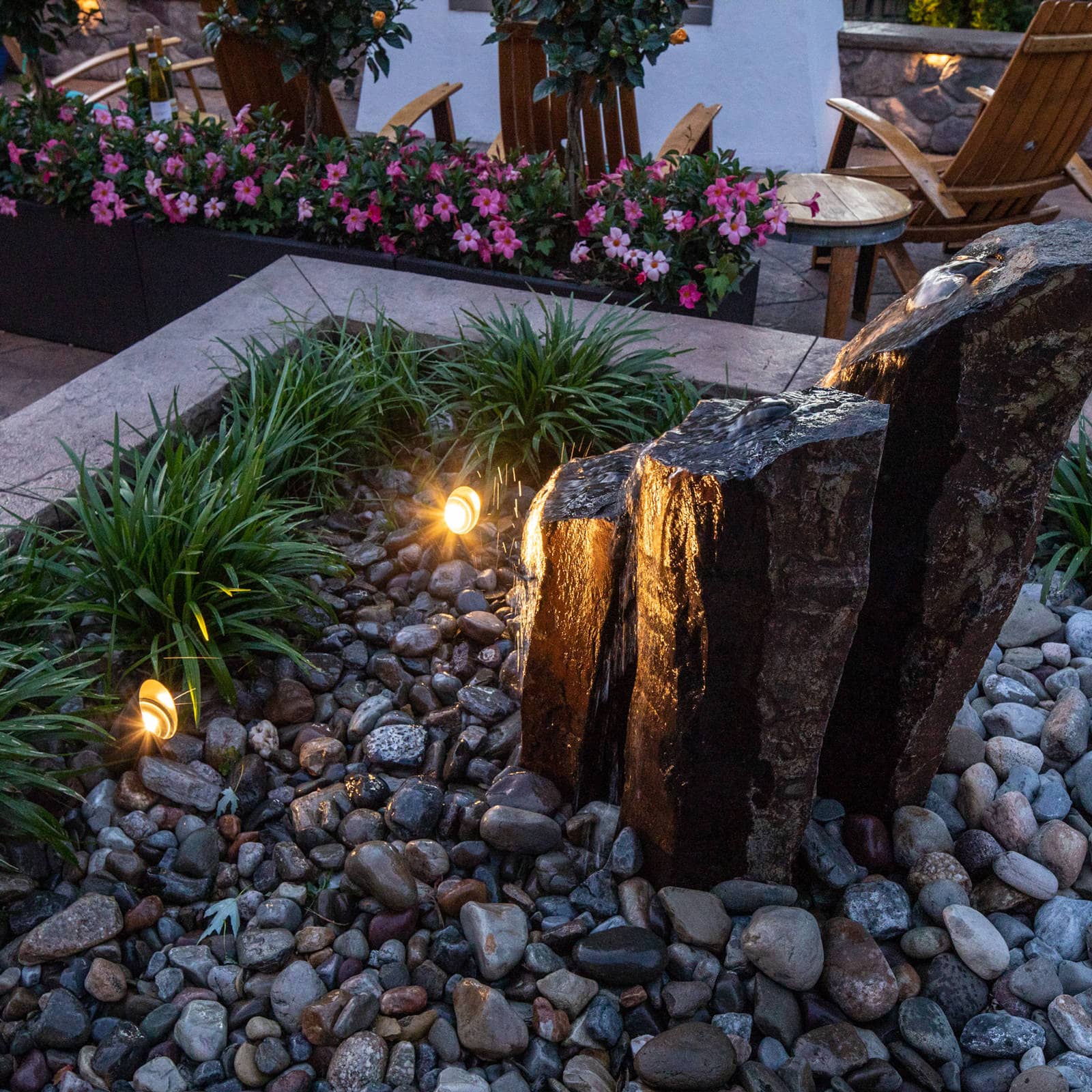
Beautiful within the landscape and soothing to the soul, natural basalt stone spires make the perfect water feature to accent any outdoor living space!

This covered seamless transition deck allows you to be on a family vacation with the open swing of the french doors!

This Bethlehem outdoor living space is complete with a custom gunite pool and adjacent overflow spa which receives full sun in the summer...the kids can't wait to make a splash!!
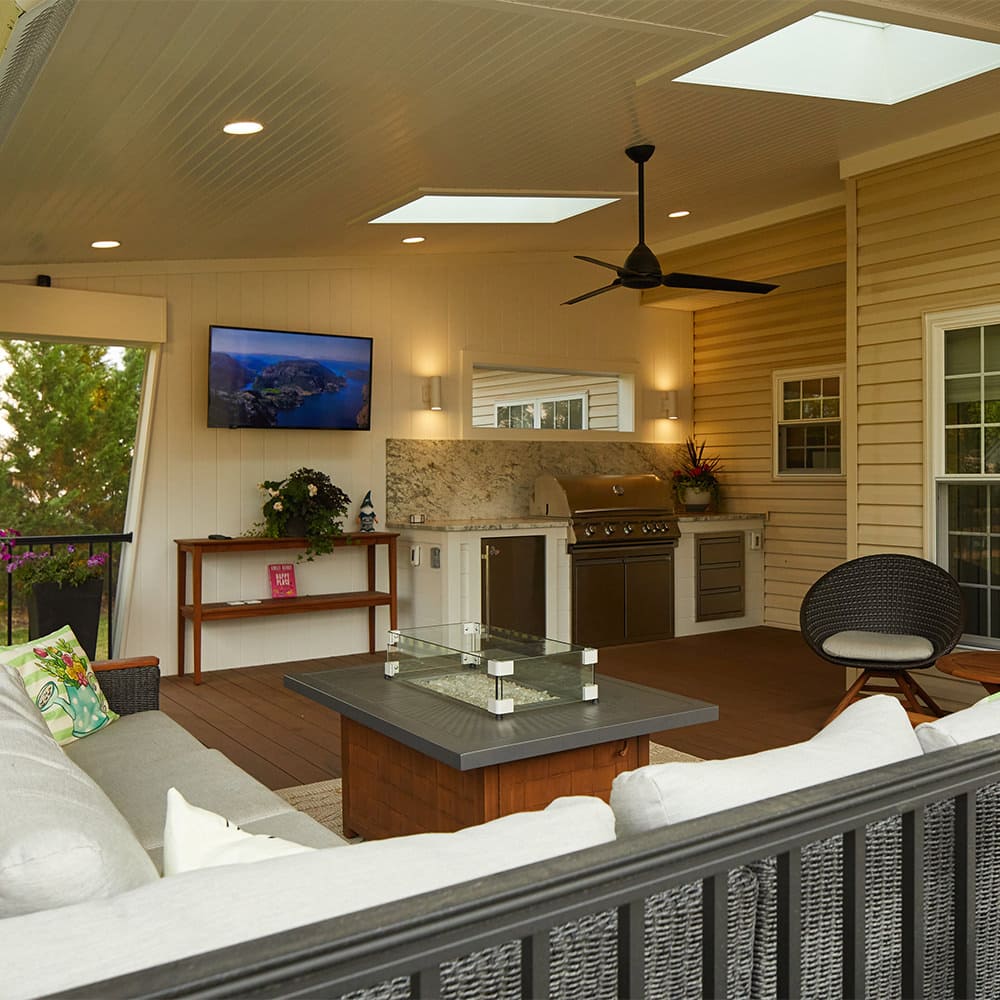
An outdoor living space that looks and feels like an extension of your home is proven to be utilized and enjoyed for more months of the year than initially expected!
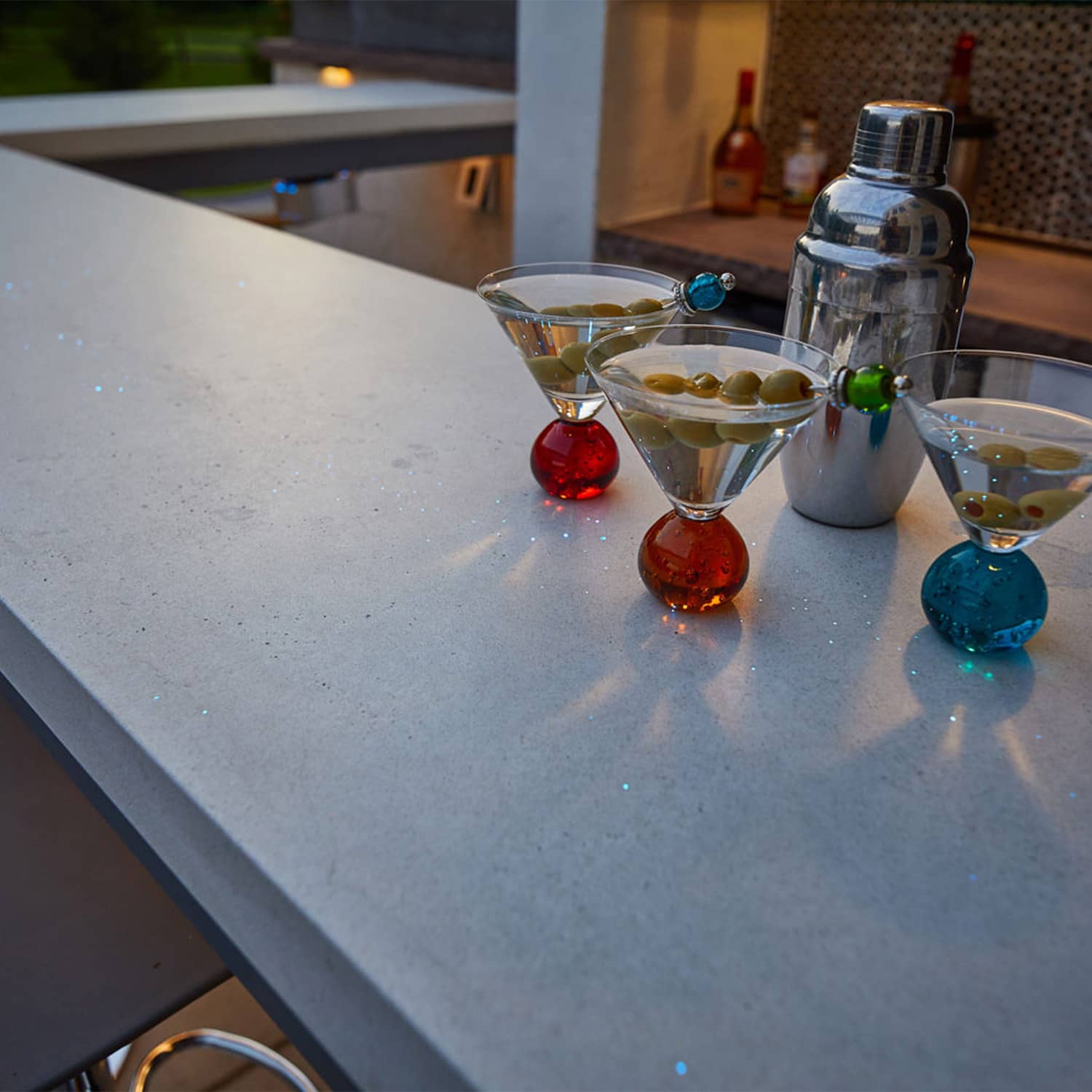
Have you ever seen fiber optics incorporated into a concrete bar top?! Check out this amazing and custom MasterPLAN feature…


